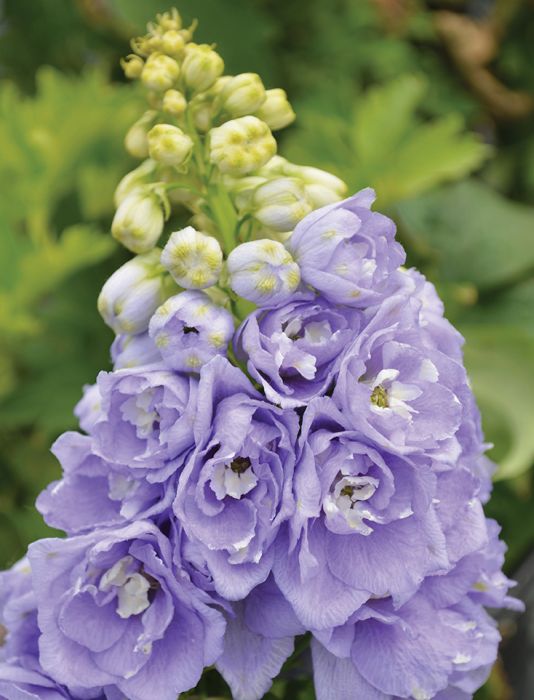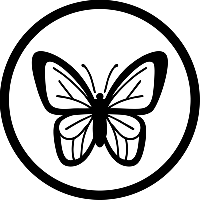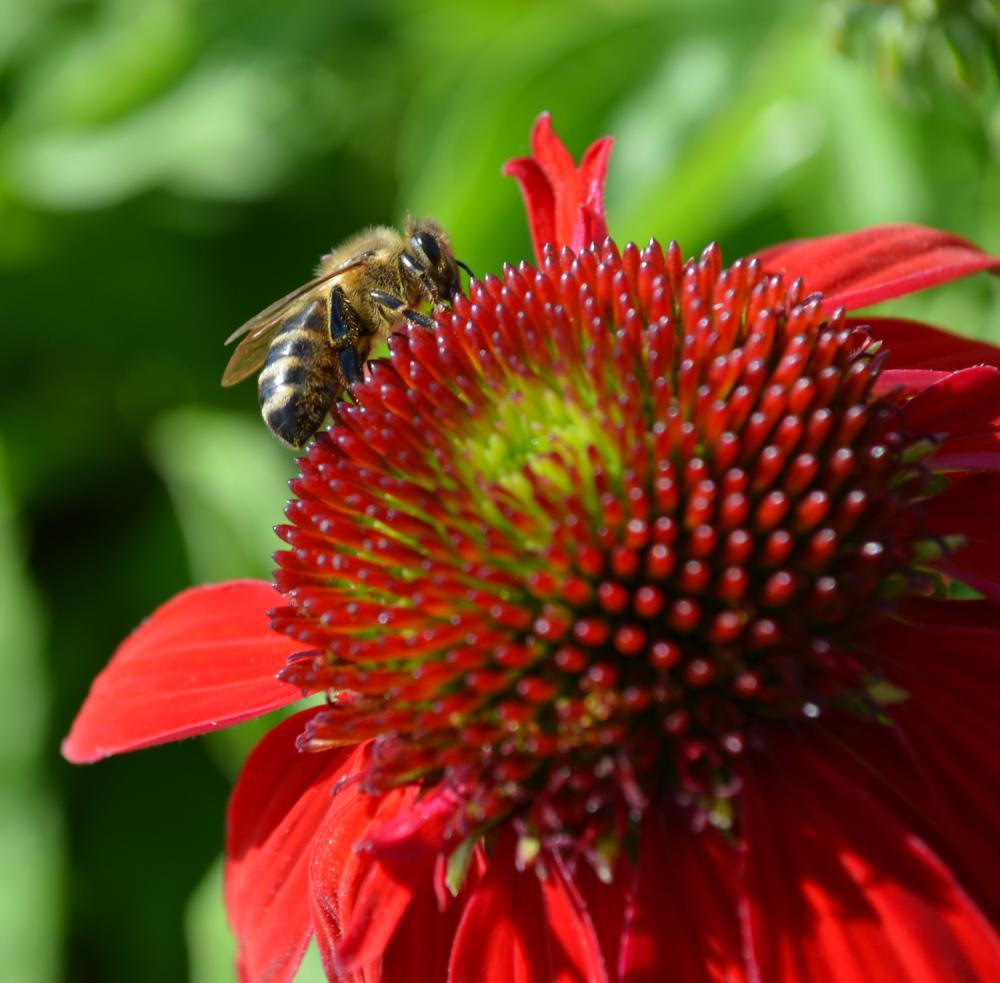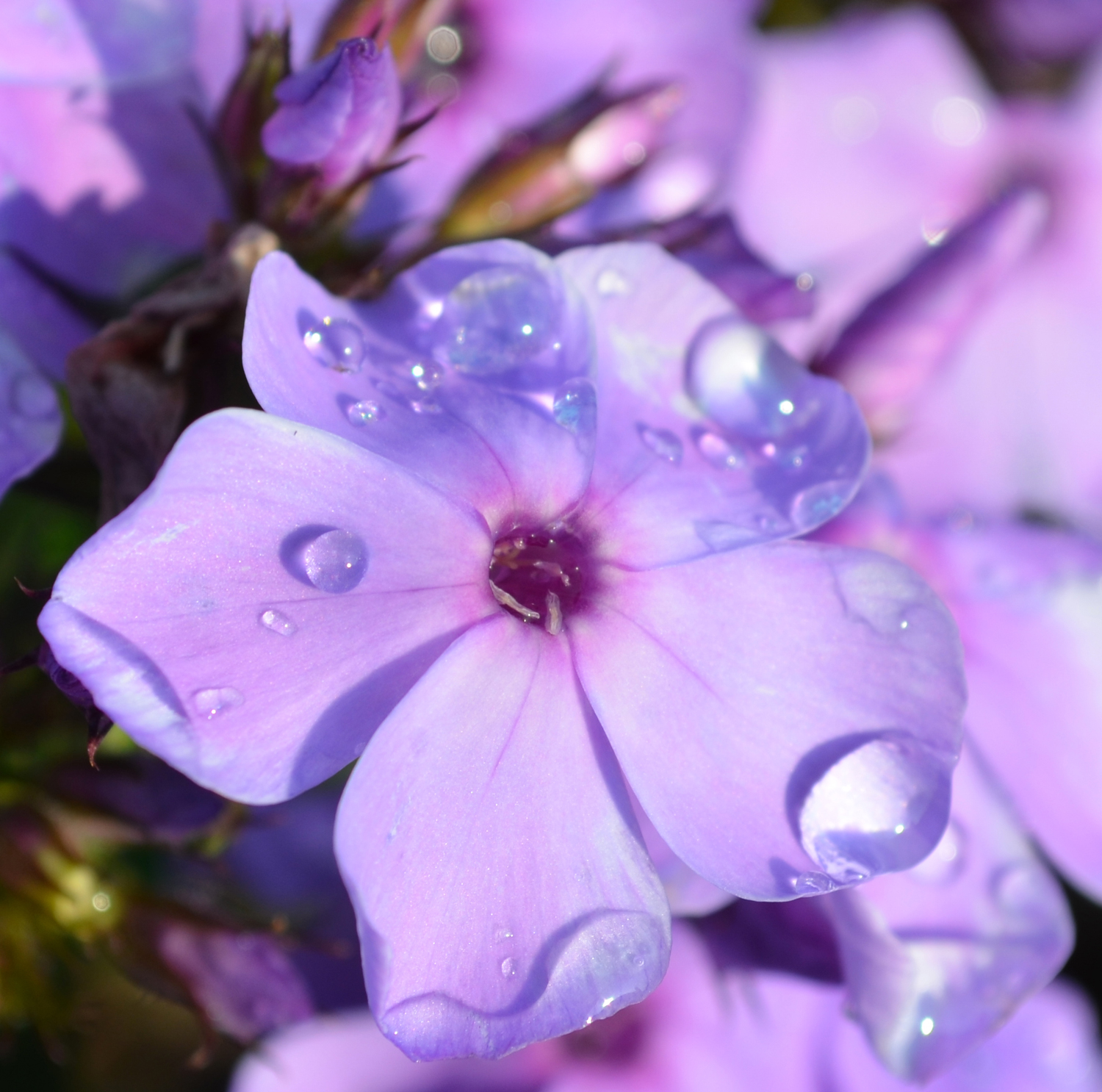Delphinium, Candle Larkspur 'Aurora™ Lavender'




- Sun Preference
- Full-Sun, Part-Sun
- Bloom or Harvest Time
- June, September
Description
Magnificent display of compact lavender flowers on towering spikes; good vertical form, dense flower spikes, strong stems; excellent uniformity
Minnesota's largest Selection of Perennials
Discover an unparalleled selection of perennials at Gertens! With the largest variety in Minnesota, we offer endless options of colorful perennials, natives, and pollinator plants to beautify your garden year after year. From vibrant flowers to lush foliage, our perennials are perfect for adding beauty and charm to your outdoor space. Visit Gertens today and see why we're known as Minnesota's Destination Garden Center!
Details
Height: 4 feet
Spacing: 18 inches
Sunlight: ![]()
Hardiness Zone: 3a
Other Names: Lavender Larkspur
Group/Class: Aurora Series
Description:
Magnificent display of compact lavender flowers on towering spikes; good vertical form, dense flower spikes, strong stems; excellent uniformity
Ornamental Features
Aurora™ Lavender Delphinium features bold spikes of lavender flowers rising above the foliage from early to mid summer. The flowers are excellent for cutting. Its deeply cut lobed leaves remain dark green in color throughout the season. The fruit is not ornamentally significant.
Landscape Attributes
Aurora™ Lavender Delphinium is an herbaceous perennial with a rigidly upright and towering form. Its relatively fine texture sets it apart from other garden plants with less refined foliage.
This plant will require occasional maintenance and upkeep, and should be cut back in late fall in preparation for winter. It is a good choice for attracting bees, butterflies and hummingbirds to your yard. Gardeners should be aware of the following characteristic(s) that may warrant special consideration;
- Insects
- Disease
Aurora™ Lavender Delphinium is recommended for the following landscape applications;
- Vertical Accent
- Mass Planting
- General Garden Use
- Container Planting
Planting & Growing
Aurora™ Lavender Delphinium will grow to be about 4 feet tall at maturity, with a spread of 20 inches. When grown in masses or used as a bedding plant, individual plants should be spaced approximately 18 inches apart. It tends to be leggy, with a typical clearance of 1 foot from the ground, and should be underplanted with lower-growing perennials. The flower stalks can be weak and so it may require staking in exposed sites or excessively rich soils. It grows at a medium rate, and under ideal conditions can be expected to live for approximately 10 years.
This plant should only be grown in full sunlight. It prefers to grow in average to moist conditions, and shouldn't be allowed to dry out. It is not particular as to soil type or pH. It is somewhat tolerant of urban pollution. This particular variety is an interspecific hybrid. It can be propagated by division; however, as a cultivated variety, be aware that it may be subject to certain restrictions or prohibitions on propagation.
Aurora™ Lavender Delphinium is a fine choice for the garden, but it is also a good selection for planting in outdoor pots and containers. With its upright habit of growth, it is best suited for use as a 'thriller' in the 'spiller-thriller-filler' container combination; plant it near the center of the pot, surrounded by smaller plants and those that spill over the edges. Note that when growing plants in outdoor containers and baskets, they may require more frequent waterings than they would in the yard or garden. Be aware that in our climate, most plants cannot be expected to survive the winter if left in containers outdoors, and this plant is no exception. Contact our store for more information on how to protect it over the winter months.
| SKU | Container Size |
| P1380 | #1 Container (1 Gallon) |
* Not all container sizes may be available at this time. See store for details on specific container size availability.
More Information
| Bloom or Harvest Time | June, September |
|---|---|
| Sun Preference | Full-Sun, Part-Sun |
| USDA Hardiness Zone | 3, 4, 5, 6, 7 |
| Common Family Name | Larkspur |
| Mature Spread (Range) | 12" - 24" |
| Mature Height (Range) | 37" - 48" |


